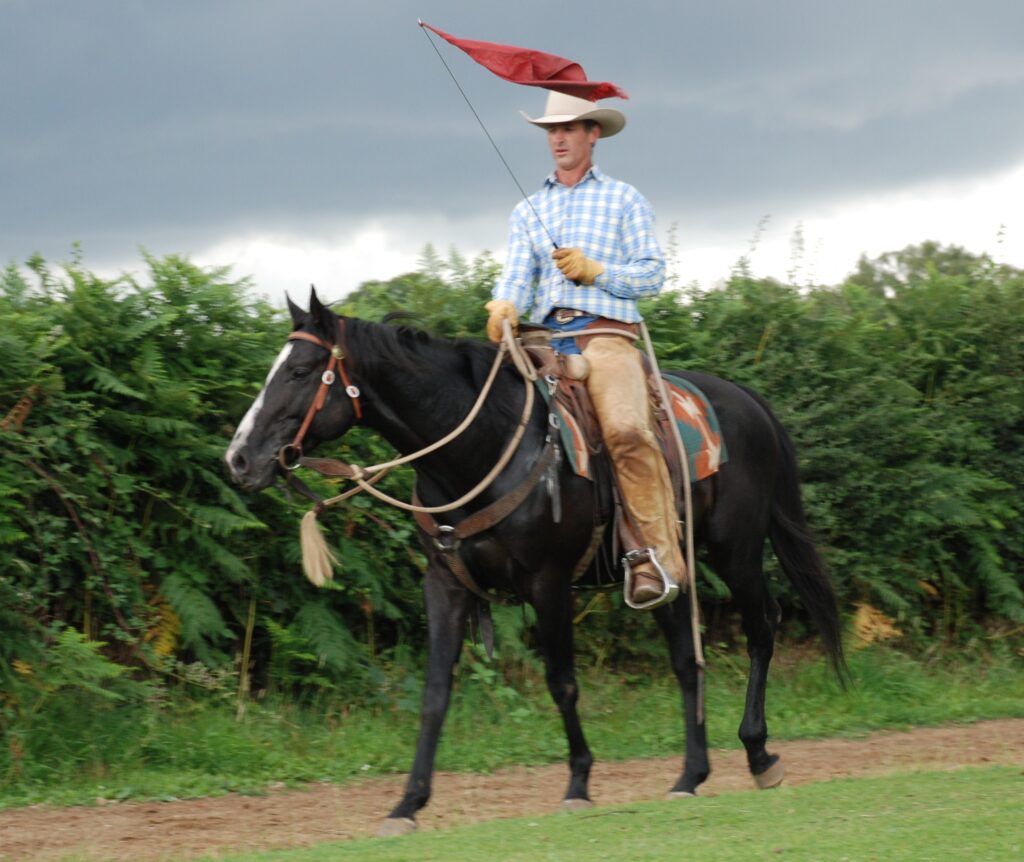
The world is currently a very different place to what it was earlier in the year, and we are all adapting to current situations. I have not seen a spring in Australia for over 20 years due to global travel schedules.
In October, I am to be a part of an online horse fair, details have been posted on my social media. There are also other planned events of this nature as well.
Presently we have a yard full of horses in for starting, with some horses coming in for Foundation Training as well. There is also a home course coming up at the end of the month and a course in Brisbane in October. I have added a horsemanship article below, that I trust all find useful.

My Horse Won’t Go; (This is almost as common as my horse won’t stop.)
Fear, may be one of the reasons your horse does not want to go, often when a horse gets scared the natural reaction or response is for a horse to want to run. This is not always the case, some horses will get to where instead of running they will stand still. If their feet do come unstuck then those horses may get to bucking or running.
Having the feet freed up on the ground and noticing how freely your horse moves out on the ground is preparation for riding. Noticing how well your horse leads, does he drag on the end of the halter? How light on the end of the halter is your horse in their overall ground work? These are all good questions to ask yourself.
Both in the saddle and on the ground, keeping both the hind and forequarters freed up is important to how well your horse moves forward. Notice your horse’s flexion or his arc balance on the circle. Looking at the overall picture is part of being able to read your horse. As your eyes become more educated you will see a different picture.
Some exercises I do on the ground, using my stirrup, I create energy to get my horse to move forward and bend around my stirrup drifting the hind quarters to the outside. This way I am helping my horse to move forward off my inside leg when I am riding. I will also pick up my lead rope and bend my horse’s head around, lifting on the lead to move the hindquarters or my horse’s inside leg. If I can get that inside hind leg stepping forward then I am initiating forward movement from the hind end. I do this in the saddle as well.
When I am moving the hind or fore quarters I look to see what the quality of the yields are; is my horse escaping or yielding, is there a nice tempo and rhythm to the movement. If my hind and forequarter movements are good, then how does my horse back up and come forward out of the backup.
In the saddle I am going to be really trying to develop that connection down to the feet, as I have been on the ground. I am going to be trying to feel the whole horse. If my horse is not responsive to my legs or seat then I hang in there to get some level of improvement.
Short Serpentines, is an exercise that I learnt from Buck Brannaman and I have found really beneficial in having my horse’s move forward. It is not just getting your horse to move forward, but not having them run off. You can go from one to the other in a heart beat.

The exercises above, both on the ground and ridden I would have working for me before riding outside. The environment is also going to influence your horse to go forward. With horses that are shut down in an arena environment, hacking out or riding those horses outside is going to help them to move more freely. Giving your horse a job to do is also going to help as well.
While the title of this article was, My horse won’t go; the above is also going to help you in so many other ways. There are many ways to help your horse go forward more freely, from some of the exercises above, or to where and how we ride our horses.







